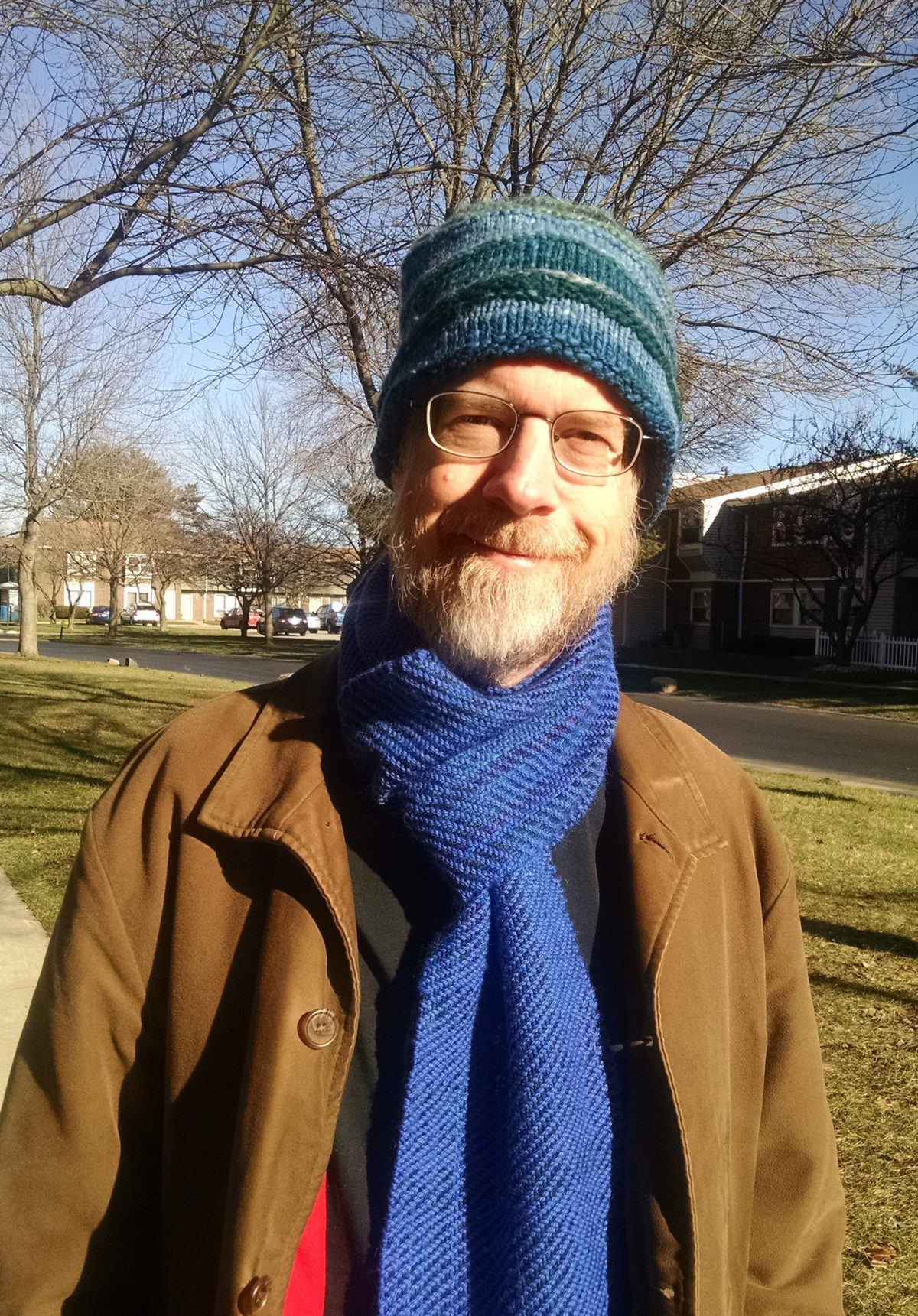After posting a couple of weeks ago about how I was having trouble adjusting to the cold and dark, I got a comment from Srikanth Perinkulam suggesting that I take a look at What Doesn’t Kill Us by Scott Carney, which I have now done.
The book grabbed me right from the start. The forward by Wim Hof is delightful. The preface sets the stage for the climactic event. In the introduction the author suggests that his spirit animal is a jellyfish—a comforting thought for someone like me whose totemic animal is the sloth.
Because the first few pages were so interesting, I suggested that my brother use Amazon’s “look inside” feature to read them, but he was unwilling to do so—pretending to be daunted by the fact that the “look inside” feature depends on scripts he had turned off in his web browser. He also declared the book to be “pseudoscientific drivel.” (A comment that must have been—since he wouldn’t read even a few pages—based entirely on the subtitle: How Freezing Water, Extreme Altitude, and Environmental Conditioning Will Renew Our Lost Evolutionary Strength.)
Of course it’s not a scientific book, but rather a journalistic one, and my urging was because I thought he would appreciate how well the story was set up—and the jellyfish spirit animal. After all, my brother’s totemic animal is the slug.
The book does talk a good bit about new scientific research into how the body responds to cold and other stresses. Part of the background that is being reported on is emerging evidence that humans have some degree of control over all sorts of autonomic responses, and that one path to gaining that control is by exposing yourself to stresses that trigger those responses, so as to gain an opportunity to practice exerting control.
One area that’s still disputable is how much of that control is real, and how much of of the observable changes are really a matter of “getting your mind right” about the stressor—maybe all of the changes being measured, such as increased mitochondria turning white fat into beige fat (or turning muscle that preferentially burns carbs into muscle that preferentially burns fat), are merely incidental, and the real difference is just deciding that being a little bit cold isn’t so bad.
Since that was, after all, why I was reading the book, that would not be so bad either.
Last winter, when I got off to a better start than I had this year, much of the change in attitude had been prompted by Katy Bowman’s comments pointing out that the actions your body takes in response to cold (vasoconstriction, shivering, activation of the arrector pili muscles) are all movements—movements that, like squatting and crawling, are done all too rarely these days by most people.
The arrector pili muscles in particular intrigue me. Always described as a left-over muscle that helps animals keep warm by making their hairs stand up for extra insulation, it seems like an awfully complex mechanism to have been so well conserved in humans if that’s all it was for. I suspect they have additional uses. Perhaps the calories burned pulling on hair follicles provides a bit of local thermogenesis that can stave off frostbite without the risk to core body temperature that would result if the area were warmed by blood-flow.
Carny talks a bit about vasoconstriction, suggesting that the pain associated with it is due to the fact that it’s such an uncommon movement in most people. If you train yourself for it, he says, it becomes much less uncomfortable.
Carny also has interesting things to say about non-shivering thermogenesis, which is produced by specialized mitochondria that live in brown fat and beige fat (but also apparently in muscle). In particular, he says that the process of converting white fat to beige fat starts with temperature sensing nerves in the skin! I would have assumed that difficulty maintaining core body temperature would have been the initiator, but apparently not: All you need to do is get your skin cold. This means that going for cold-weather runs will do the trick, which has to be the easiest possible way to do it, because your body produces enough heat while running to scarcely feel cold at all.
Thinking about this sort of thing makes it easier for me to get my mind right with winter.
Also helpful is that we’re getting a few days of less-cold weather. It’s still cold enough to provide the necessary circumstances to induce some cold adaptation, but not so cold that I immediately turn up the thermostat and pull out my warmest parka whenever I need to go outside. In fact, I’ve been making a point of dressing slightly less warmly—choosing a jacket one notch down—than I would if comfort were my only criterion.
I expect that by the time full-blown winter weather arrives, I’ll have gotten my mind right.

